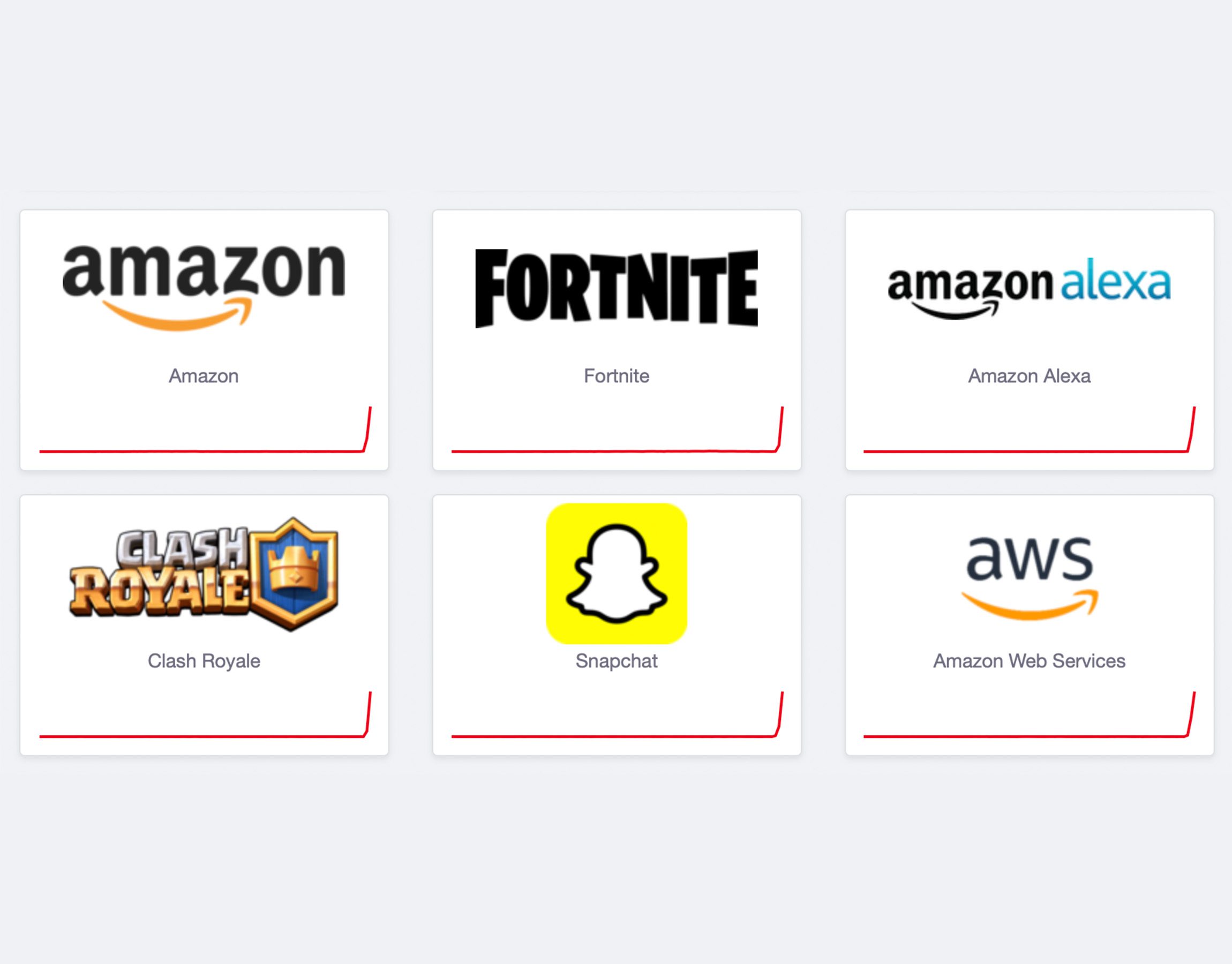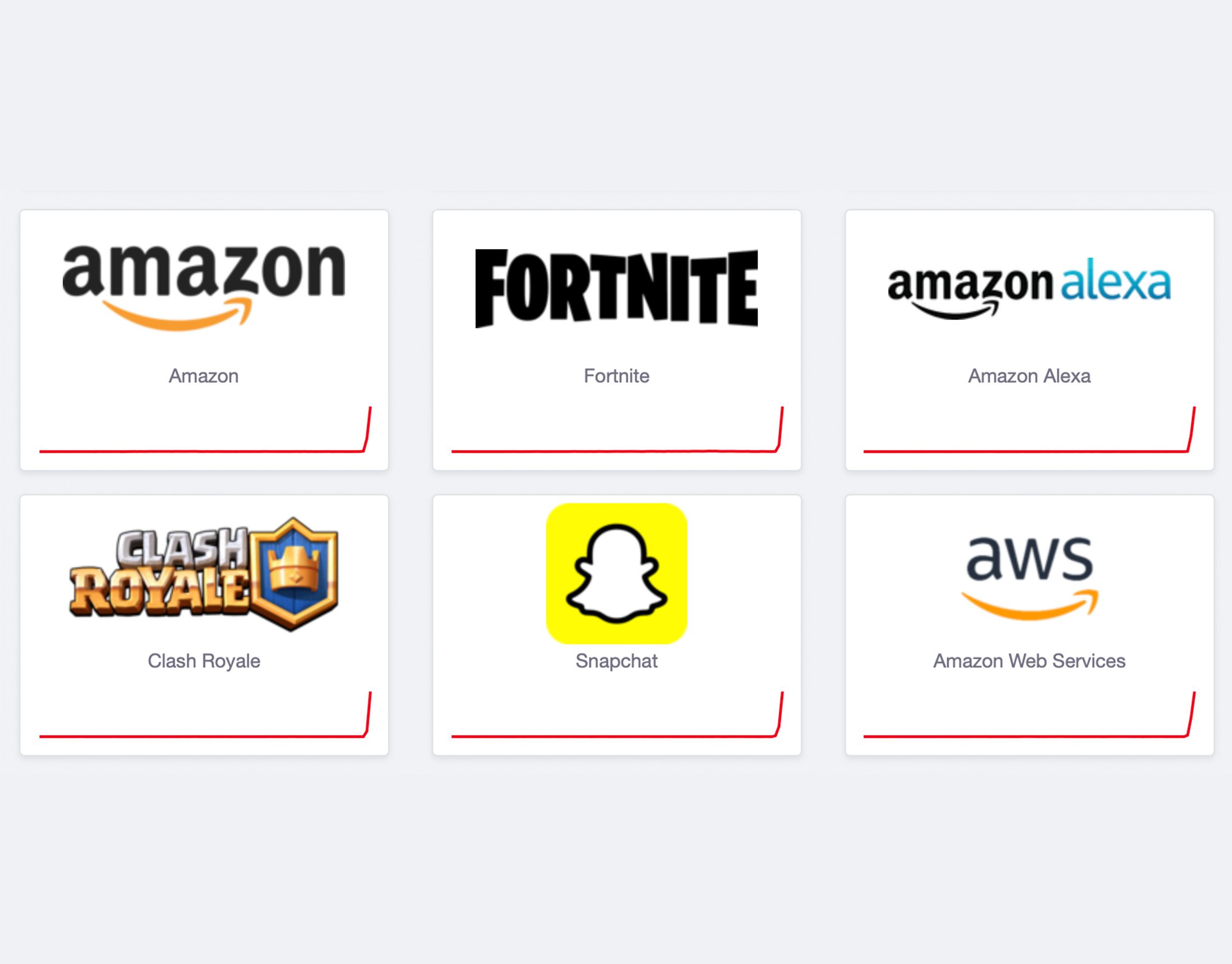Opera’s Neon browser introduces a unique approach to integrating artificial intelligence, featuring multiple AI bots that aim to enhance user experience, but this complexity may also lead to confusion for users.
Understanding Opera’s Neon Browser
The essence of Opera’s Neon browser lies in its innovative design, which incorporates not one, but three distinct AI bots. This multifaceted approach is intended to streamline various tasks, allowing users to engage with AI functionalities without needing to switch applications. However, this very strength can also be a source of confusion, as users may struggle to navigate the different bots and their respective capabilities.
The AI Bots: A Breakdown
Opera’s Neon features three AI bots, each designed to tackle specific tasks:
- AI Assistant: This bot serves as a general-purpose assistant, capable of answering questions, providing recommendations, and assisting with everyday tasks.
- AI Researcher: Focused on gathering information, this bot can help users conduct research by sourcing relevant data and summarizing findings.
- AI Companion: Designed to enhance user engagement, this bot can interact with users in a conversational manner, offering personalized suggestions based on user behavior.
While the presence of multiple bots allows for a more comprehensive set of features, it also raises questions about usability. Users may find it challenging to remember which bot to consult for specific tasks, leading to potential frustration.
Market Context and Competition
Opera’s entry into the AI browser market comes at a time when competition is intensifying. Major players like Google and emerging companies such as Perplexity and The Browser Company are also launching their AI-enhanced browsers. Google’s Chrome, for instance, has integrated its Gemini AI, which aims to provide users with a seamless browsing experience enhanced by machine learning capabilities. Similarly, Perplexity’s Comet and The Browser Company’s Dia are vying for attention in this burgeoning sector.
Despite the competition, Opera has opted for a unique monetization strategy. While many of its competitors are offering free versions of their AI browsers, Opera is charging users for access to Neon. This decision may be seen as a double-edged sword; on one hand, it could attract users seeking a premium experience, while on the other, it risks alienating potential users who are accustomed to free alternatives.
Implications of a Paid Model
The choice to implement a paid model raises several implications for Opera:
- Perceived Value: Users may be more inclined to perceive the browser as a premium product, which could enhance brand loyalty if the features meet or exceed expectations.
- Market Penetration: Charging for the browser could limit its initial user base, particularly among those who are hesitant to pay for software that may still be in its experimental phase.
- Feature Development: Revenue generated from subscriptions could potentially fund further development and refinement of the AI features, leading to a more robust product over time.
User Experience and Feedback
As Opera begins to roll out Neon to users, feedback is crucial in shaping the future of the browser. Early adopters have reported mixed experiences, highlighting both the innovative features and the challenges associated with navigating multiple AI bots.
Positive Aspects
Some users have praised the browser for its intuitive design and the seamless integration of AI functionalities. The ability to conduct research, receive personalized recommendations, and engage in conversation with the AI Companion has been highlighted as a significant advantage. Users appreciate the convenience of having multiple AI tools at their disposal without needing to switch platforms.
Challenges and Confusion
Conversely, many users have expressed confusion regarding the roles of each AI bot. The lack of clear guidance on which bot to use for specific tasks has led to frustration. Users have reported spending time trying to figure out which AI to consult, detracting from the overall experience. This confusion could potentially hinder user retention if not addressed promptly.
Future Directions for Opera Neon
As Opera continues to refine Neon, several key areas warrant attention to enhance user experience and address current challenges:
Improving Usability
To mitigate confusion, Opera could implement a more intuitive user interface that clearly delineates the functions of each AI bot. Tutorials or onboarding processes could guide users through the capabilities of each bot, helping them understand when and how to utilize each feature effectively.
Enhancing AI Capabilities
Continuous improvement of the AI bots is essential for maintaining user interest. Regular updates that enhance the bots’ capabilities and responsiveness will be crucial. Gathering user feedback on specific features can help Opera prioritize updates that align with user needs.
Marketing and User Education
Effective marketing strategies will be vital in communicating the unique value proposition of Opera Neon. Educating potential users about the benefits of a paid model, as well as the advantages of using multiple AI bots, can help Opera carve out its niche in the competitive landscape.
Conclusion
Opera’s Neon browser represents a bold step into the future of web browsing, leveraging multiple AI bots to enhance user experience. While the integration of these bots offers exciting possibilities, it also presents challenges in usability and user navigation. As Opera navigates this complex landscape, addressing user feedback and refining the browser’s features will be crucial for its success in an increasingly crowded market. The coming months will be pivotal as Opera seeks to establish Neon as a leading player in the AI browser space.
Source: Original report
Was this helpful?
Last Modified: October 20, 2025 at 1:36 pm
1 views















